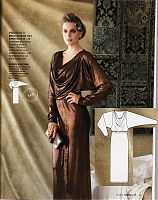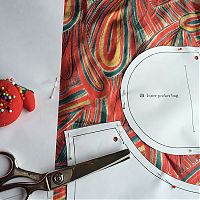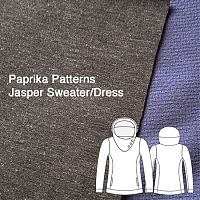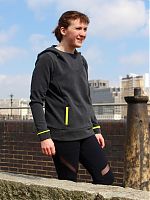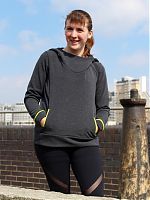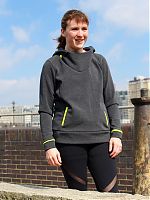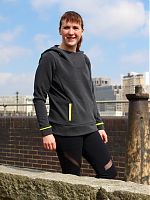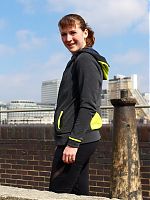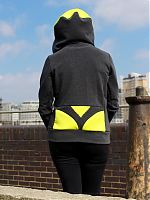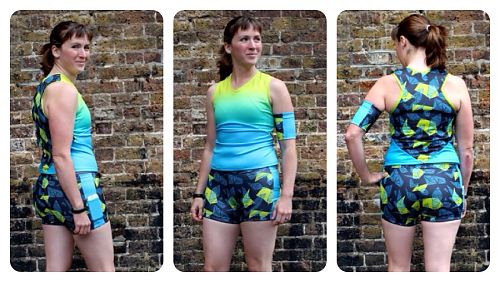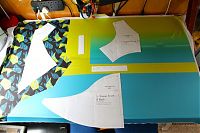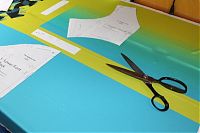I had high hopes for this issue after the stellar November issue and the sneak peek at the back of that, but when I saw the line drawings it became apparent this could’ve just been entitled “The Dolman Issue” for the number of dolman sleeved garments in it! I’m not sure if someone at Burda HQ gave down the commandment that set-in or raglan sleeves weren’t beginner friendly or what, but there sure are an awful lot of fabric-guzzling designs in here, but it’s not all bad…
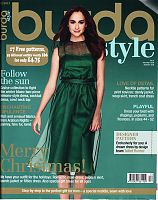
First up, no surprises for guessing – it’s a dolman sleeve tee! Actually this design isn’t so bad, it’s a nice twist on a casual, long sleeved tee, and the narrow sleeve cuffs help control some of the volume in the underarm/side seam area.
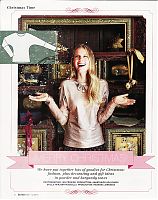
Since this is the holiday issue, the crafts are spread throughout the magazine and are way better than Burda’s usual “stick some glitter on twigs and call it interior design” school of crafts. For instance, these box bags are actually really nice little gifts, and a great way to use up scraps of nice, hefty home dec or other fabrics. There’s also a pattern for little moccasin slippers that uses wool and thick fleece that might be worth making as gifts too.
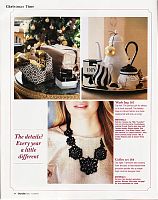
Now you’d think that, because this is a cowl dress, I’d be all over it, but I’m actually lukewarm. There’s something about that long pleat running into the cowl that just looks messy and haphazard, and from the cutting diagram I can see that the front is cut entirely as one (including the kimono sleeves, which have a gusset thrown in so you can actually lower your arms!), and then the pleat is just folded over. I know fabric is cheap these days, but the layout just makes me wince at the amount wasted to make a dress that way!
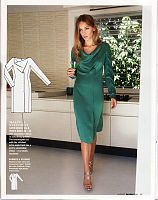
There are a few good trench coat patterns in this issue, but I particularly like this one because it shows that you can make a nice boucle coat without it being the same, ugly, tired, Chanel-alike design.
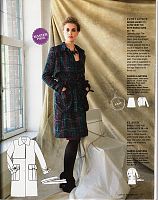
Again with the cowl neck and (nearly) dolman sleeves! This one looks like it’s just asking for a wardrobe mishap, along with showing off every little lump and bump in that fabric, but the top version of this doesn’t seem much better.
